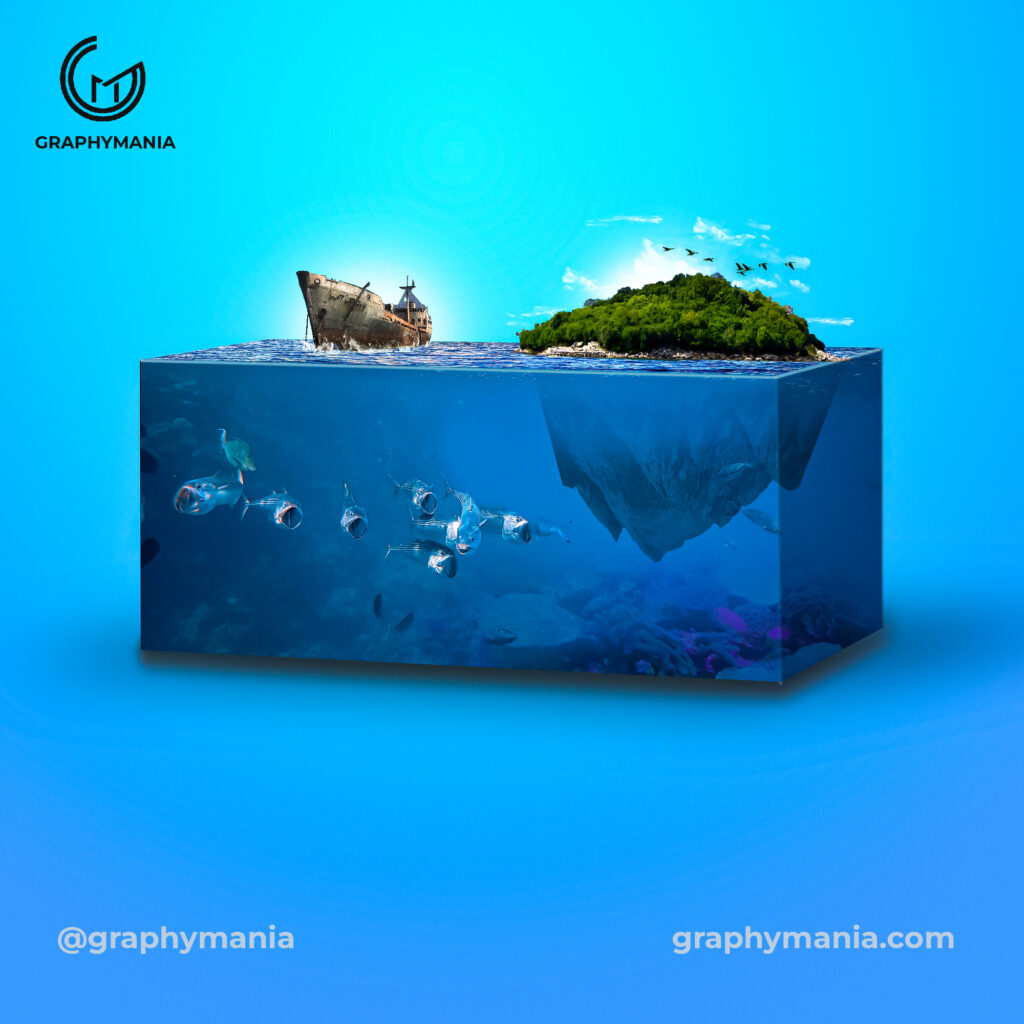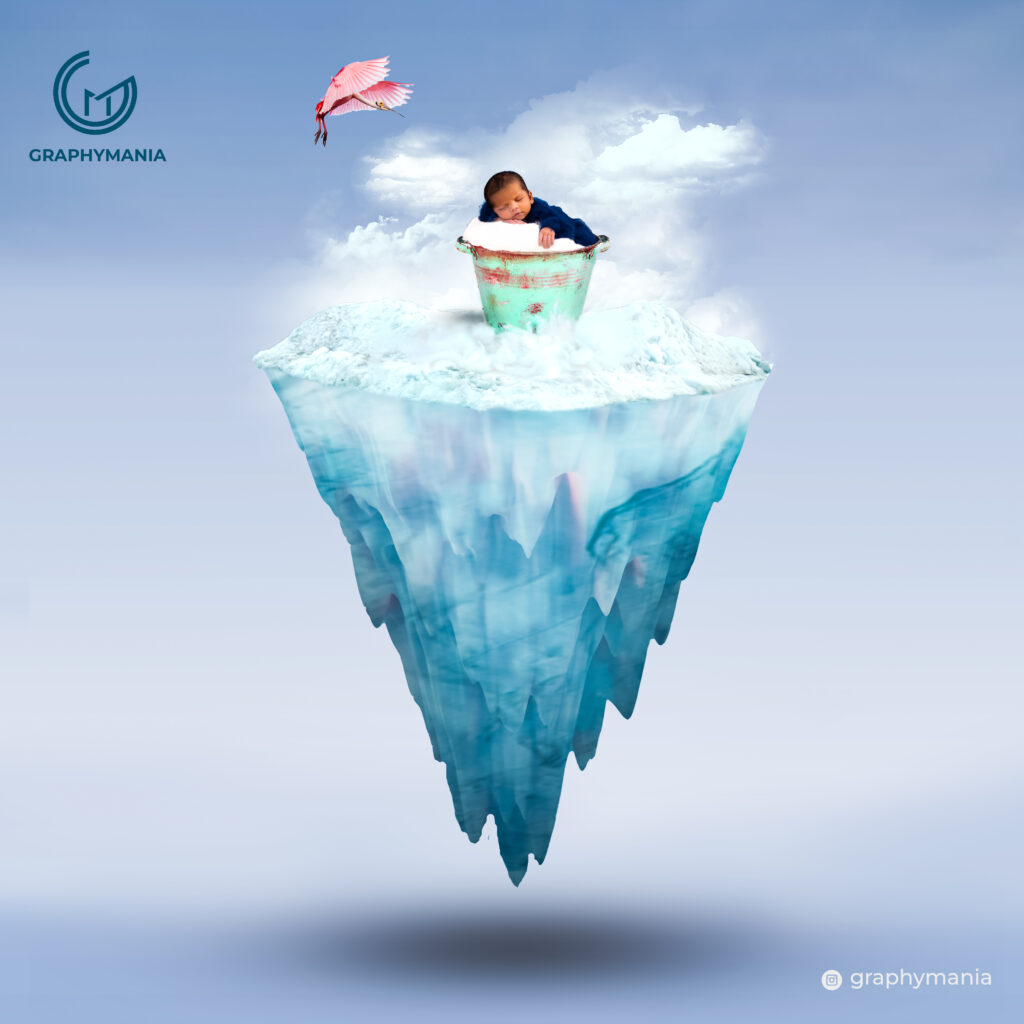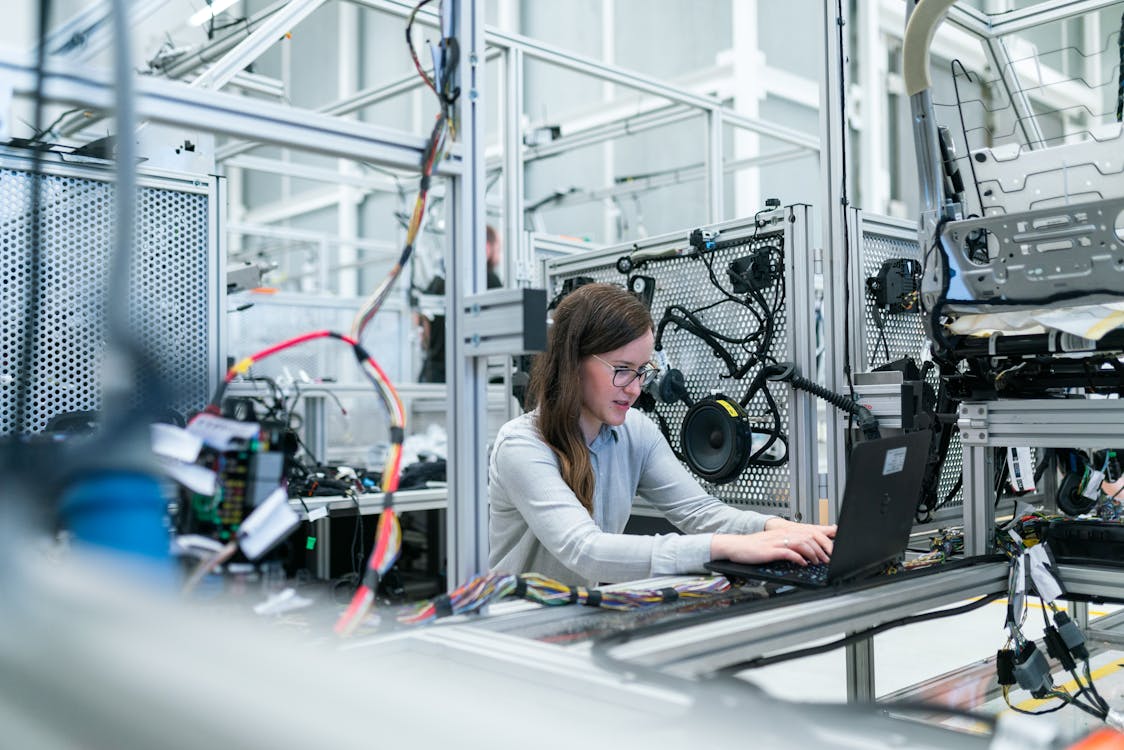Hi, It's Graphymania
Best Graphic Designer in India
Crafting Digital Dreams: Uniting Artistry, Innovation, and Motion

ABOUT ME
Failure Is The Condiment That Gives Success
Greetings and a warm welcome to Graphymania. I am Muhammad Arman, hailing from the vibrant land of India. I am more than just a designer; I am a storyteller, a problem solver, and a passionate advocate for the power of visual communication.
WHAT I PROVIDE ?
I Offer Wide Range Of Top Notch Services
As the best graphic designer in India, I provide a variety of services such as graphic design, web design, and branding. My work includes logo design, illustration, and user interface design. I collaborate with clients to match my vision with their goals, ensuring the final product showcases their unique identity and delivers real results. If you’re looking for the best graphic designer service in India or a UX designer in India, I’m here to help.
WORLD WIDE EXPERIENCE
I Always Try to Understand User Expectation
I am available worldwide Business from over different Country trust us, Including UK, ARGENTINA , OMAN, UAE.
CLIENT'S VIEWS
What Client Says About Me



GET IN TOUCH !
Feel Free To Reach & Contact !
I’m here to connect, collaborate, and create. Whether you have a specific design project in mind or simply want to discuss the potential for creative solutions, please don’t hesitate to get in touch.
- contact@graphymania.com
- armankhsaifi@gmail.com
- +(91) 9810815927

































